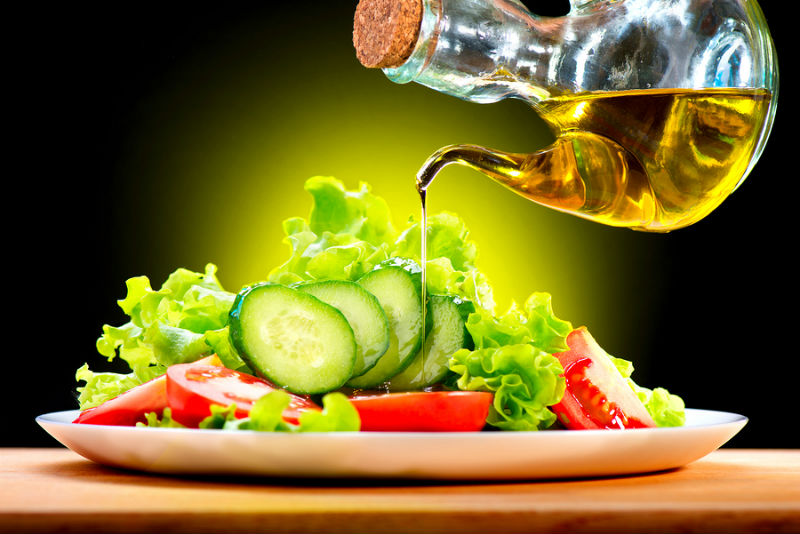 Inflammation contributes to chronic pain, especially as we grow older. An anti-inflammatory diet might help alleviate it.
Inflammation contributes to chronic pain, especially as we grow older. An anti-inflammatory diet might help alleviate it.
Inflammation has been receiving a lot of attention lately. Research continues to shed new light on the important role it plays in managing or preventing disease. In some ways, inflammation is a valuable part of the body’s defense system. It is the body’s attempt to counter the harmful effects of nutritional toxicity.
Unfortunately, this protective response can also cause problems for the body. Inflammation is a chief contributor to chronic pain for people with illnesses ranging from Osteoarthritis to Lupus. The problem often worsens as we grow older. As a result, it isn’t uncommon for medical intervention and lifestyle changes to become necessary.
One of the most effective of these lifestyle changes is an anti-inflammatory diet.
Anti-Inflammatory Diets and Pain Relief
Fad diets come and go, but anti-inflammatory diets have received consistent attention for many years now. Much of this attention is from reputable medical experts.
Why is this the case? Why do so many reputable medical experts advocate for anti-inflammatory diets to help older adults manage chronic pain?
The answer is simple—because they work.
Although there are many useful medications that can be prescribed to counter inflammation in older adults, these drugs are sometimes accompanied by unwanted side effects. An anti-inflammatory diet is a more holistic way to manage pain.
Five Guidelines for Adopting an Anti-inflammatory Diet
Anti-inflammatory diets can be of great assistance in the battle against chronic pain. You should always speak with your physician for more advice, but they will likely suggest you:
- Eat Lots of Veggies and Fruit
Eat between seven and nine servings of vegetables and fruits each day with veggies being the primary focus. Cruciferous vegetables such as broccoli, kale, and cauliflower are usually your best bets against inflammation.
- Add Fiber to Your Diet
Make sure to eat plenty of fiber. Foods that are rich in fiber have an abundance of natural anti-inflammatory agents called phytonutrients. These go a long way toward preventing chronic pain. In addition to fruits and vegetables, whole grains such as barley and oatmeal will also help you get the necessary amounts of daily fiber.
- Make Use of Herbs
Use anti-inflammatory herbs and spices to help combat the toxins that lead to inflammation. Turmeric, ginger, and cinnamon are some of the most useful.
- Limit Saturated Fat
Limit the amount of saturated fat in your diet. The best way to do this is to restrict your intake of red meat to no more than once a week. Avoid fast foods and fried foods.
- Eat Fish
Lastly, include plenty of fish in your diet. Fish such as salmon, trout, sole, and flounder should become your go-to sources of protein as you grow older. This will help reduce your intake of saturated fats and deliver a variety of beneficial Omega 3 fatty acids.
Useful Information Is Our Way of Helping
Chronic pain makes life difficult at any age. So we hope this information has been helpful to caregivers and older adults alike.
The Legacy Senior Living blog is a great source of information on a range of senior wellness topics, like inflammation and chronic pain. We hope our blog also gives families the guidance they need to make wise decisions.
If you’re concerned about the health and well-being of a senior loved one, remember that you’re not alone. We’re here to help in whatever way we can. Please call us if you’d like more information about our services or if you’d like to arrange an tour of one of our senior living communities.
